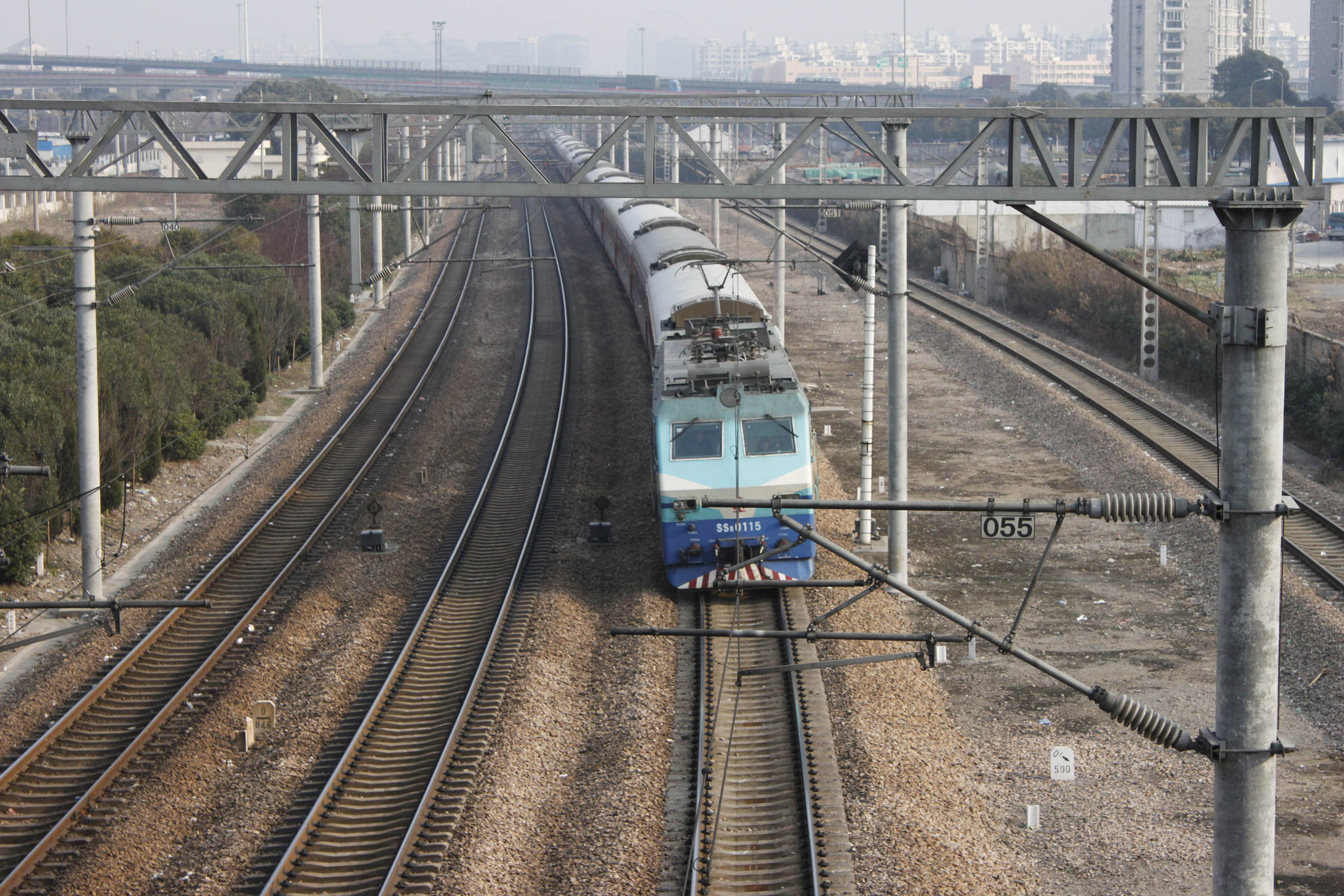|
Shanghai–Hangzhou Railway
The Shanghai–Hangzhou railway, also known as the Huhang railway (), is a double-track railroad in eastern China between Shanghai and Hangzhou in Zhejiang Province. Its name in Chinese, the Huhang Line, is named after the railway's two terminal cities: Shanghai, whose Chinese character abbreviation is ''hu'', and Hangzhou. The line is long and was built from 1906 to 1909. Cities along the route include Shanghai, Jiaxing and Hangzhou. The line now forms part of the Shanghai–Kunming railway. Line history In 1898, the Qing government of China granted to Britain a concession to build a railway between Shanghai and Hangzhou. This concession drew strong domestic opposition against foreign ownership of railways. In 1905, the Qing government's railway construction policy shifted in favor of local provincial governments. Jiangsu and Zhejiang provinces received approval to build the Shanghai–Hangzhou railway and raised 4.84 and 3.88 million silver dollars, respectively, for the proj ... [...More Info...] [...Related Items...] OR: [Wikipedia] [Google] [Baidu] |
Shanghai
Shanghai (; , , Standard Mandarin pronunciation: ) is one of the four direct-administered municipalities of the People's Republic of China (PRC). The city is located on the southern estuary of the Yangtze River, with the Huangpu River flowing through it. With a population of 24.89 million as of 2021, Shanghai is the most populous urban area in China with 39,300,000 inhabitants living in the Shanghai metropolitan area, the second most populous city proper in the world (after Chongqing) and the only city in East Asia with a GDP greater than its corresponding capital. Shanghai ranks second among the administrative divisions of Mainland China in human development index (after Beijing). As of 2018, the Greater Shanghai metropolitan area was estimated to produce a gross metropolitan product ( nominal) of nearly 9.1 trillion RMB ($1.33 trillion), exceeding that of Mexico with GDP of $1.22 trillion, the 15th largest in the world. Shanghai is one of the world's major centers fo ... [...More Info...] [...Related Items...] OR: [Wikipedia] [Google] [Baidu] |
